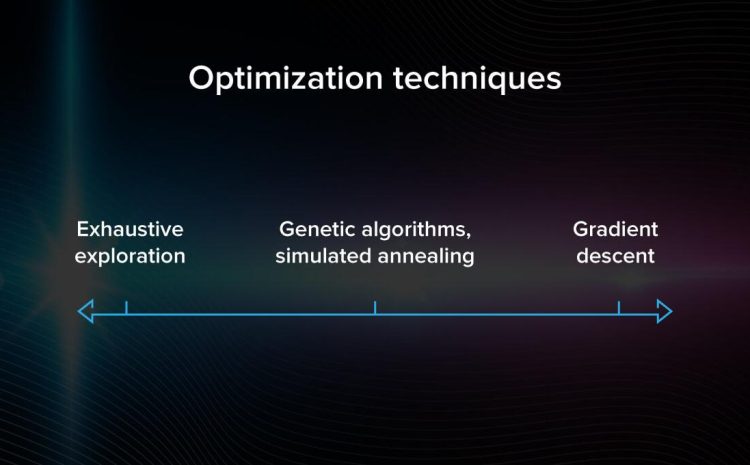An Overview of Optimization: Principles, Techniques, and Applications
Optimization is a mathematical procedure that selects the best option from a set of available alternatives. It is employed in a variety of fields, including engineering, economics, logistics, and artificial intelligence. This paper provides an overview of the principles, techniques, and applications of optimization.
The main principle of optimization is to find the best solution for a problem. This involves identifying the objective function, which symbolizes the problem to be solved, and the variable or set of variables that need adjustment to solve the problem. The objective function is a mathematical representation of the problem that must be maximized or minimized. For instance, the objective function in a production process could be to maximize output or minimize cost. Constraints, which are the limitations or restrictions on the variables, are also involved in the optimization process. An optimization problem is feasible if it has at least one solution that satisfies all the constraints, and optimal if it provides the best possible value of the objective function.
There are several optimization techniques, each with its unique strengths and weaknesses. The choice of technique often depends on the nature of the problem. Linear Programming is used when both the objective function and the constraints are linear. Integer Programming is similar to linear programming but has an additional constraint that the decision variables must be integers. Nonlinear Programming is used when the objective function or the constraints or both are nonlinear. Dynamic Programming is used when the problem can be broken down into smaller sub-problems. Stochastic Programming is used when the problem involves uncertainty.
Optimization has numerous applications across different fields. In engineering design, optimization can be used to find the best design parameters that meet given constraints. In economics, optimization is used to find the most efficient allocation of resources. In logistics, optimization can be used to find the most efficient route for delivering goods. In artificial intelligence, optimization can be used to train machine learning models.
In conclusion, Optimization is a powerful mathematical tool that can be used to find the best solution to a wide range of problems across various disciplines. It involves identifying an objective function to be maximized or minimized, subject to certain constraints. A variety of techniques exist for solving optimization problems, each with its unique strengths and weaknesses. The goal of optimization is always to find the best solution that satisfies the constraints of the problem, regardless of the technique used.



